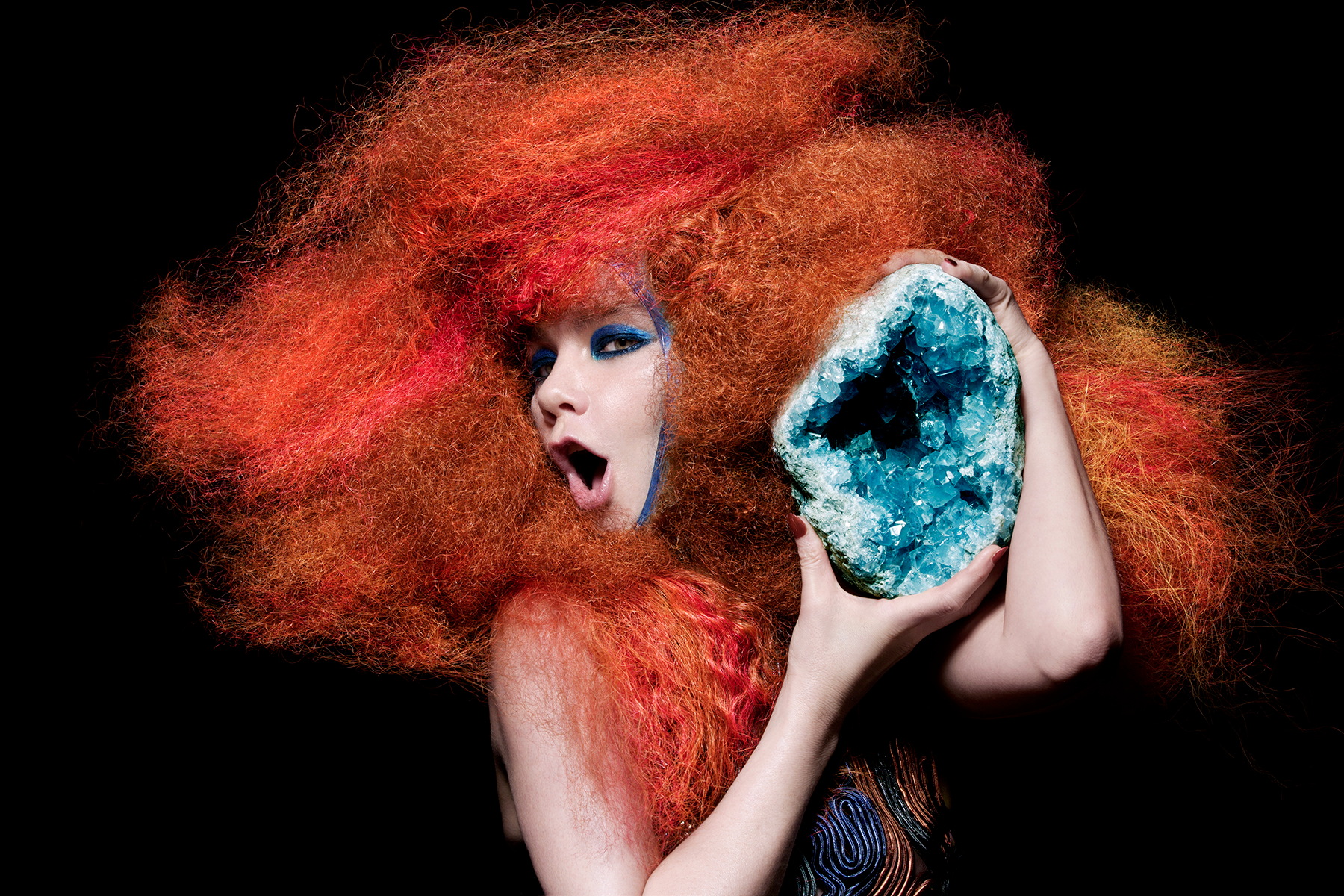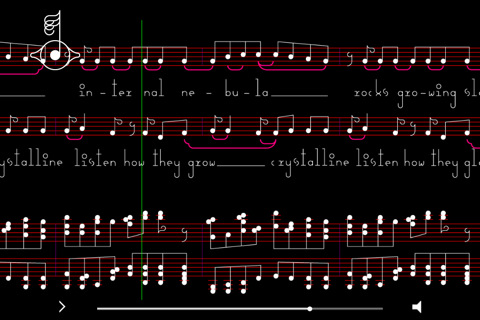(Defunct) Experimental Apps Made By Musicians
#blog #freakclub #writing #music #technology #entertainment

As iOS and Android phones became more accessible in the late 2000s, musicians began experimenting with different ways to use the technology in their art. The rise of touch-screen technology was an exciting time for musicians to collaborate with app developers and invent new ways for consumers to view and appreciate their artistic projects. Typically, they were tied to a new album's release for promotional purposes, often to create an interactive visual representation of sound, though some musicians leaned into more abstract concepts.
Today, apps like I am T-Pain (2009), which worked as an auto-tune sound filter, seem more like a gimmick than an enduring artistic project. Still, they helped propel interest in integrating music and smartphone technology. On the other hand, artists like Brian Eno, Björk, Philip Glass, and Gorillaz had more elaborate and complex visions that led to some genuinely engaging experiences. Despite these apps' creativity and innovation, most have been discontinued. They are no longer available in any app store, with Brian Eno’s and Phillip Glass's apps being among the few that have survived.
Requiring no musical or technical ability, the egalitarian and user-friendly Bloom app enabled anyone of any age to create music, simply by touching the screen. Part instrument, part composition and part artwork, Bloom’s innovative controls allowed users to create elaborate patterns and unique melodies by simply tapping the screen. A generative music player took over when Bloom was left idle, creating an infinite selection of compositions and their accompanying visualizations (Generative Music).
This is the iOS App Store's description of Bloom (2008), the first app of its kind, releasing only a year and 3 months after the original iPhone. Since then, Brian Eno and Peter Chilvers have continued to collaborate on apps like Air (2009), Trope (2010), Scape (2012), and Reflection (2017) that employ interactive and generative elements similar to Bloom, but are more focused on specific sonic pieces by Brian. REWORK_ (2010), the Philip Glass Remixed app, is similar to Bloom in that it represents music in interactive visuals, however, the eleven tracks included cannot be composed by the user.

The Biophilia app is widely regarded as an innovation in both music and technology. It’s the world's first ‘app album’ which means that each song on the album has it’s own interactive interpretation in the app. Playing with the app enables you to learn about time signatures, scales, chords and much more. For example "Thunderbolt" teaches how arpeggios work through manipulating lightning whilst "Moon" uses the tidal pull to drive sequencers and "Solstice" uses pendulums to explore counterpoint (Kickstarter)
Björk's Biophilia (2011) is one of the more unique and expansive apps of its kind. It was carefully crafted to be an educational project and a new way to experience her latest album of the same name. Her vision was very in-depth, providing interactive biology and nature-themed visuals to accompany the sound and offering further insights into the project with music notation and lyrics. When performing the Biophilia album on tour, iPads were used as playable instruments, utilizing the unique touch control technology implemented into the app. Not to mention, the whole experience was narrated by David Attenborough. In the same vein, Radiohead developed the app, PolyFauna (2014), with similar characteristics containing interactive imagery, "Inspired by the King of Limbs recording sessions" (Pitchfork).

The Gorillaz Mixed Reality App (2017) was also very detailed. It focused on the band's lore and worldbuilding and allowed users to explore augmented and virtual reality versions of the Spirit House mansion.
Upon opening the app, users would be prompted to allow the application access to their phone cameras. The app would then project virtual icons around their environment. Users could click on these icons to be transported to locations in the Spirit House mansion. Once inside the mansion, users were able to view 360° renderings of the rooms, either by swiveling their phone cameras or by dragging the image on their screens. Each location in the mansion contained objects that the users could interact with, most of which would transport users to external websites (Fandom).
Despite these apps' positive reviews and immersive experiences, mobile phone technology advancements led to their obsolescence and eventual delisting. Too much work and money were required to maintain them, and artists' interest tends to wane as they move on to other creative ventures.
APPS REFERENCED
- Bloom – Brian Eno and Peter Chilvers (2008)
- I Am T-Pain – T-Pain (2009)
- REWORK_ (Glass Machine) – Philip Glass (2010)
- Trope – Brian Eno and Peter Chilvers (2010)
- Biophilia – Björk (2011)
- Scape – Brian Eno and Peter Chilvers (2012)
- PolyFauna – Radiohead (2014)
- Reflection – Brian Eno and Peter Chilvers (2017)
- The Gorillaz Mixed Reality App (2017)
SOURCES
- Bloom: 10 Worlds by Brian Eno and Peter Chilvers | GenerativeMusic.com
- biophilia app tutorials - YouTube (Biophilia app demos)
- Fetching Title#mx56 (Gorillaz app trailer)
- Gorillaz App Cannes 2017 Gold Lion Winner (Vimeo)
- Radiohead Release PolyFauna App | Pitchfork
- Fetching Title#fdsj (Kickstarter)
- Mixed Reality App | Gorillaz Wiki | Fandom (Fandom)